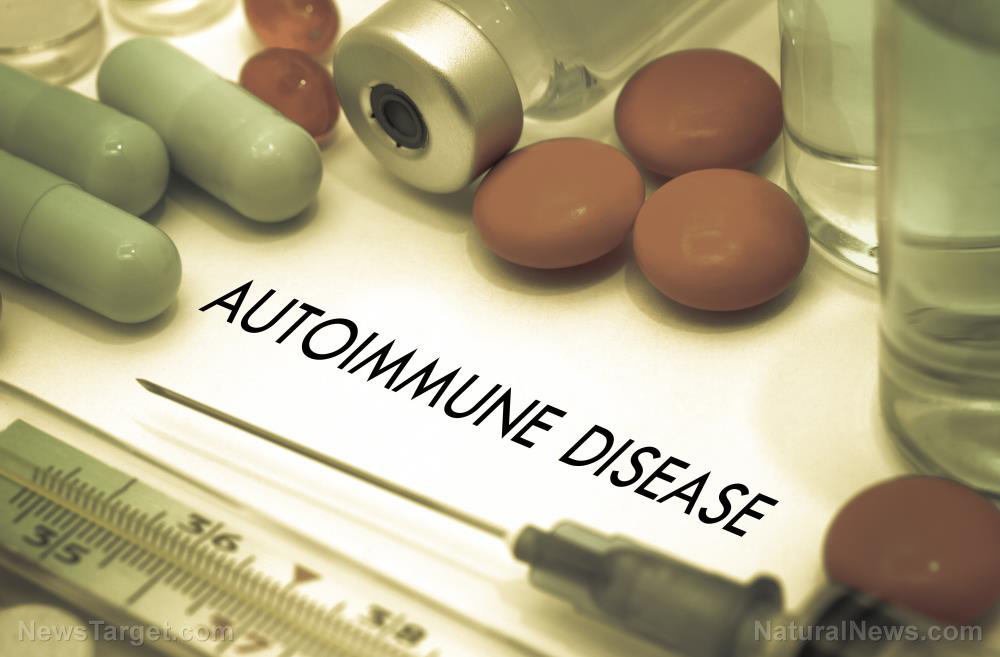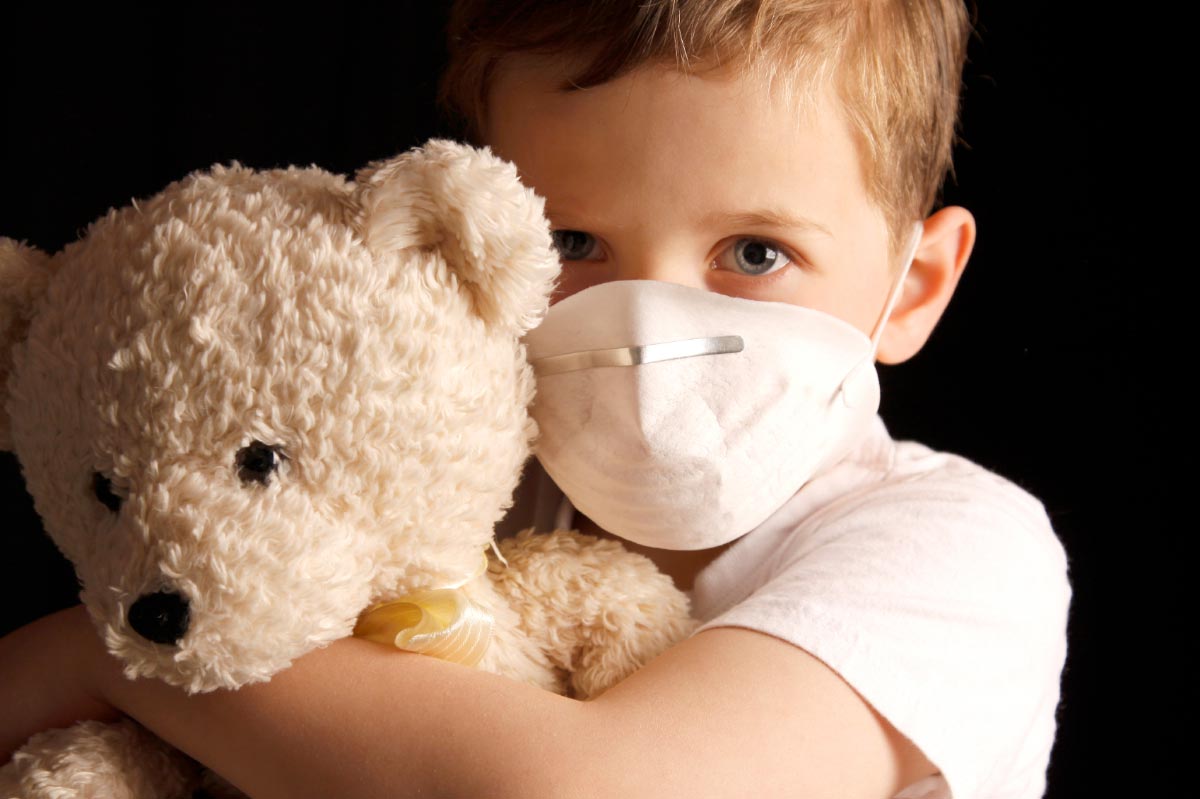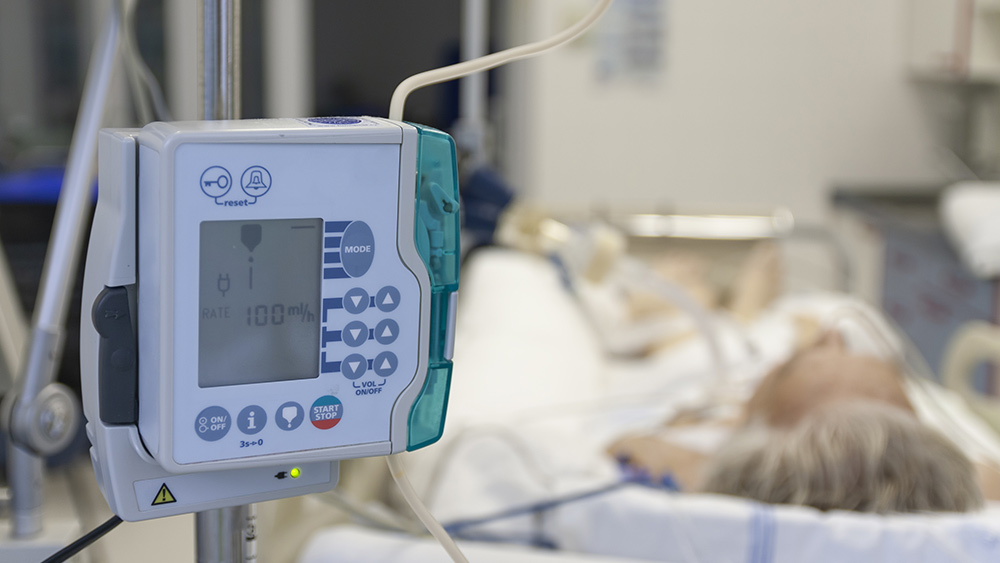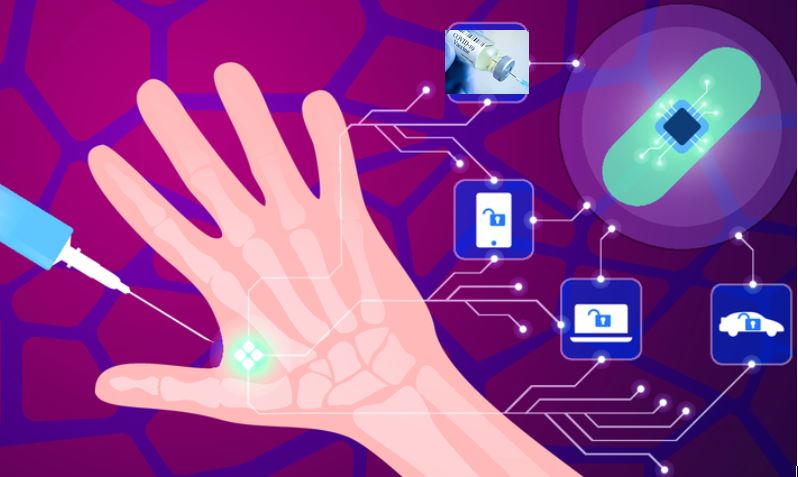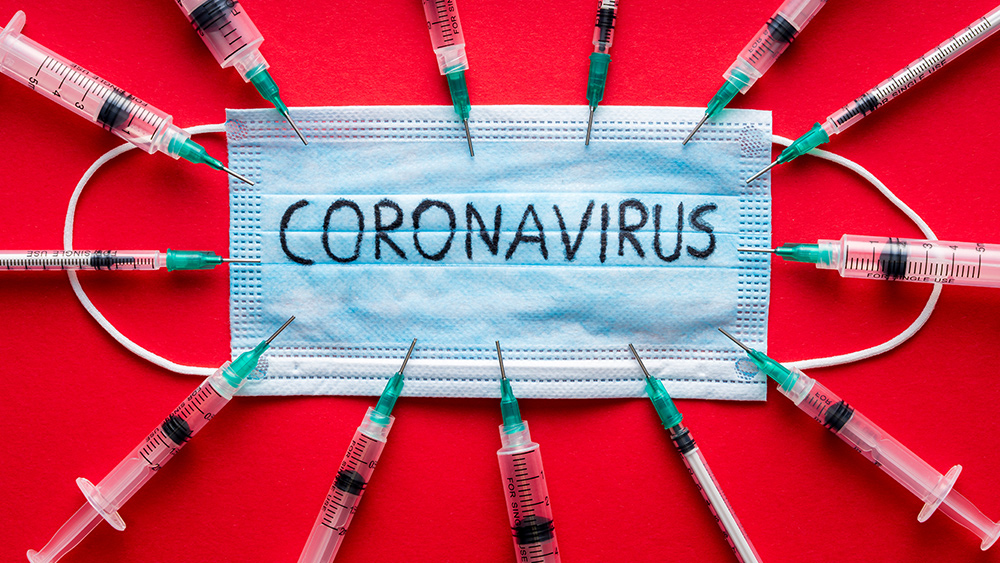Big Pharma uses snake venom to develop drugs and vaccines: here’s the proof
04/15/2022 / By Ethan Huff

The establishment is already contesting that snake venom is used in the development of pharmaceuticals, calling it a “conspiracy theory.” But the evidence is there for anyone wanting to investigate it.
Many “life-saving” drugs, the World Economic Forum (WEF) announced back in 2018, are made from the venom of snakes. And it is not just the king cobra: There is also the pit viper, the cone snail and the Gila monster as well.
Each of these reptiles produces a different type and composition of venom that the drug industry has figured out how to manipulate in order to develop what are known as peptide therapeutics, which differ from small molecule therapeutics.
Peptide therapeutics belong to an entire field of scientific analysis known as venomics, which the WEF says offer groundbreaking solutions to health problems ranging from heart disease to diabetes to chronic pain, and so much more.
There are at least six different snake venom-based drugs that are currently approved by the U.S. Food and Drug Administration (FDA) for use in the United States. One of them is Captopril, an angiotensin-converting enzyme (ACE) inhibitor that is used to treat high blood pressure and improve survival after a heart attack.
The main ingredient in Captopril comes from a unique species of pit viper found in Brazil.
Another drug called Prialt that is used by some 22 million adults in the U.S. who suffer from severe and chronic pain. That one’s main ingredient comes from the venom of cone snails.
Then there is Byetta, a type of drug that lowers blood glucose levels in patients with type 2 diabetes. Its main ingredient, exendin-4, comes from the saliva of the Gila monster, a large lizard species that is native to the U.S. Southwest and northern Mexico.
An expert in venomics by the name of Dr. Mandë Holford explained how it all works to the WEF’s Alex Gray.
“Prialt is a breakthrough in treatment for pain that is non-addictive,” he said. “Prialt doesn’t target the same thing, so it doesn’t have the same side effects.”
“This has ushered in a whole new way for pharmaceutical industries to treat pain, they are now looking for things that target something other than opioid receptors.”
The reason why venom works so well in these applications has to do with the way it works in the animal kingdom. It is a weapon that snakes use to defend themselves, or to catch prey.
“I like to describe venom as a cluster bomb,” Holford said. “Its job is to shut down the normal function of the prey and in doing so, it fans out (and) hits several targets, which is a great thing for pharmaceutical development because you have several avenues to explore.”
“Because it’s so fast acting, so potent and highly specific to its target, venom has all of the ingredients necessary for making a drug.”
Does the covid bioweapon contain snake venom components?
On April 12 of this year, a company called Venomtech announced a collaboration with Charles River Laboratories, International Inc. to explore more ways to utilize venom-derived compounds in pharmaceuticals.
Calling snake venom a “unique natural resource,” the Venomtech announcement explains how venom-derived peptides can be manipulated to target highly specific areas of the body, including the hardest-to-hit drug targets.
“Venomtech’s Targeted-Venom Discovery Array™ (T-VDA™) libraries provide researchers with a straightforward solution to rapidly screen thousands of individual venom fragments, with each array specifically designed to maximise hits for a specific target,” the announcement explains.
“Through the new collaboration, Charles River will be able to use this innovative resource – closely supported by Venomtech – to accelerate its clients’ pipelines, addressing difficult therapeutic targets, uncovering new mechanisms of action and minimising off-target effects.”
Company CEO Paul Grant added that such research has been going on for at least the past decade at Venomtech, and that a wider array of therapeutic options is available to the industry because of the innovative technology.
“In collaboration with Venomtech, we can now offer our clients access to bespoke venom libraries, potentially accelerating their discovery pipelines using this powerful natural resource,” added Charles River’s Director of Biology Vad Lazari.
“This arrangement will enable us to draw on Venomtech’s specialist biological knowledge to quickly follow up hits and promising leads, helping our clients to overcome longstanding specificity challenges and exploit novel modes of action.”
The reason we are drawing your attention to this is because there is mounting evidence to suggest that the Wuhan coronavirus (Covid-19) may actually be a snake venom-based bioweapon of some sort, which is why anti-venom remedies such as green chiretta work well at treating it.
It is also important to bring this all up in order to counter the propaganda claiming that snake venom use in medicine is just some wild conspiracy theory. Snake venom has clearly played a prominent role in emerging therapeutics over the years, and continues to do so as science discovers how to manipulate it using DNA and RNA as well.
“These peptides have a particular structure and that structure dictates their molecular target,” Holford is quoted as saying about the DNA and RNA use of snake venom in pharmaceuticals. “So when we get the primary sequence, we look for those codes that indicate what the structure of this peptide would be like.”
The latest news about the plandemic and the new snake venom revelations can be found at Pandemic.news.
Sources for this article include:
Submit a correction >>
Tagged Under:
Big Pharma, Charles River, COVID, drugs, medication, pharmaceuticals, Plandemic, poison, snake venom, snakes, toxins, vaccines, venom, VenomTech
This article may contain statements that reflect the opinion of the author
RECENT NEWS & ARTICLES
COPYRIGHT © 2017 DANGEROUSMEDICINE.COM
All content posted on this site is protected under Free Speech. DangerousMedicine.com is not responsible for content written by contributing authors. The information on this site is provided for educational and entertainment purposes only. It is not intended as a substitute for professional advice of any kind. DangerousMedicine.com assumes no responsibility for the use or misuse of this material. All trademarks, registered trademarks and service marks mentioned on this site are the property of their respective owners.






